
Get the report
More
Reduce your cost but not your data ingest. Our multi-use SaaS analytics platform powered by logs helps DevOps and security teams troubleshoot your applications – even when resources are limited.




Tool and data sprawl challenge everyone across the DevSecOps lifecycle to deliver reliable and secure applications while costs spin out of control.

Monitoring and security tools often lack the scale and flexibility to support the dynamic nature of cloud-native applications. Data bursts require costly overprovisioning.

Too many monitoring and security solutions generate data silos, keeping you from exploring your data when you need it. ‘Swivel chair syndrome’ increases the risk that applications fall under attack or suffer costly outages.
Productivity takes a hit when teams work in isolation and use conflicting datasets. When performance and security incidents flare up, blame games may start.

Too many monitoring and security tools cause costs to spin out of control quickly. Licensing conditions are often rigid, and certain costs are tough to predict with poor visibility into who is using what.
". . . we’ve seen a 60% reduction in the price per GB. . . saving us around one million dollars.” - Iwan Eising, Team Leader, Service Reliability Architect, Infor
$9,325
There’s no need for multiple monitoring and security analytics tools. Consolidate your tools and machine data on one platform for powerful troubleshooting of applications using a single-pane-of-glass.

Do you need to understand which deployment caused your application to crash, or why it does not meet service-level objectives? Ask all the questions to explore unknowns and optimize your cloud-native applications.

Improve your bottom line and the risk profile of your applications by unifying all your telemetry into a single platform, so you can quickly detect and troubleshoot performance and security incidents.

When performance and security incidents fire up, a single source of truth gives you faster troubleshooting to help prioritize resources, decrease outages and security breaches, and accelerate feature releases.

A credit system allows you to use our platform services as needed. Data analytics tiering enables cost-efficient machine data ingestion at scale. See who uses what in real time to better control and predict your cost.
Make your digital user experiences reliable and secure with one powerful platform for troubleshooting your mission-critical applications.
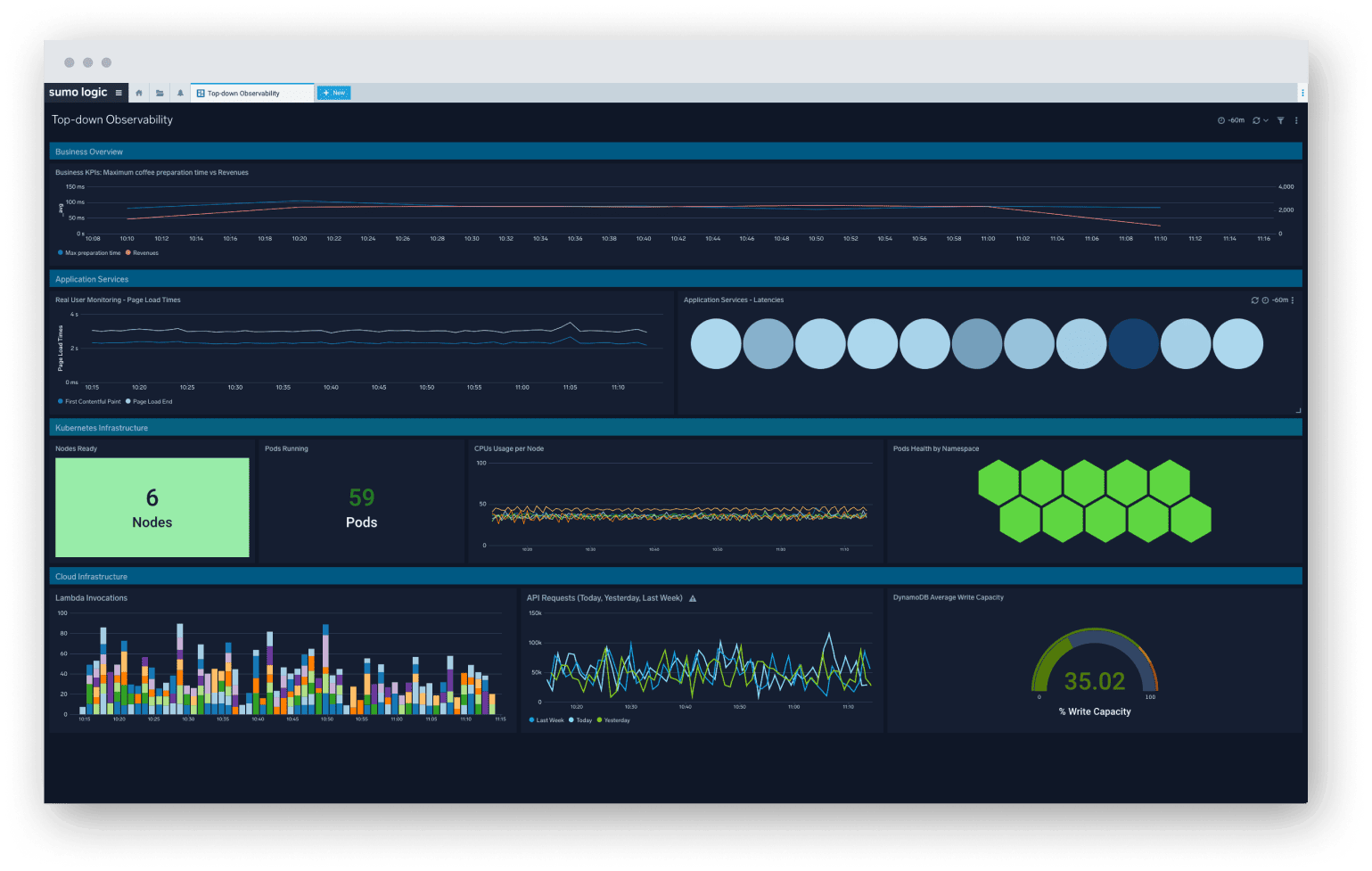
Troubleshoot your applications faster via our award-winning SaaS analytics platform powered by logs. Recognized in the Gartner® Magic Quadrant™ for APM and Observability.

Secure and protect your users against modern threats by using a highly scalable cloud-native platform. Recognized in the Gartner Magic Quadrant for SIEM.
Unleash business value with Sumo Logic by unifying all your telemetry to optimize your digital user experience in a cost efficient manner.
We deliver resilience and unparalleled scale, so you can effectively handle the data volumes generated by mission-critical applications. No other service provides this level of elasticity and resilience.
Develop, deliver, secure and optimize your cloud-native applications. No other service addresses this many use cases, so operations and security teams can solve problems and innovate together.
Comply with the toughest security attestations and certifications today at no additional cost (e.g., PCI, HIPAA, FedRamp, GDPR, and more).
To get your teams started, capitalize on our comprehensive enterprise support and free training and certifications.
Data tiering combined with flexible credit-based licensing allows you to economically analyze the rapid growth of your machine data, so you get the most out of consolidation.

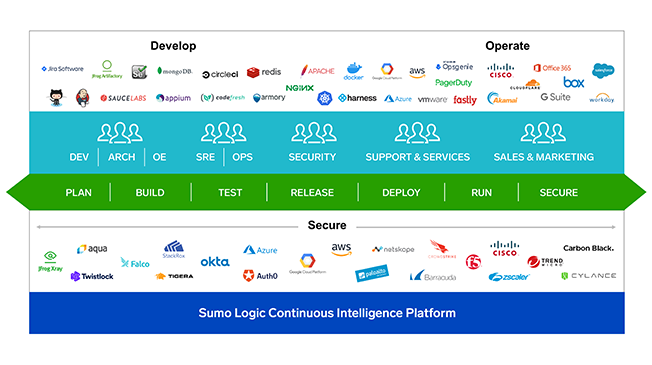

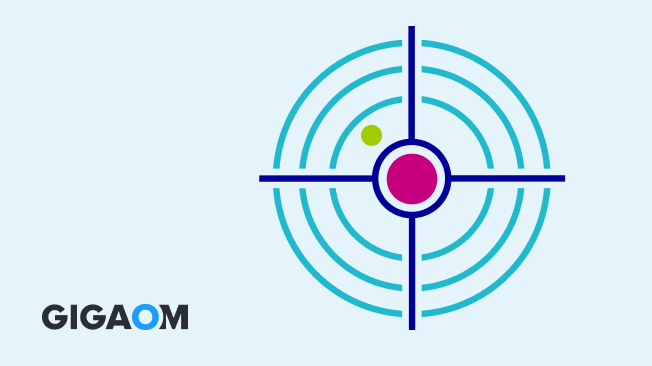
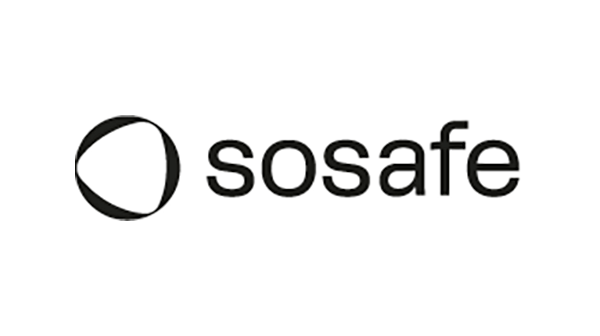
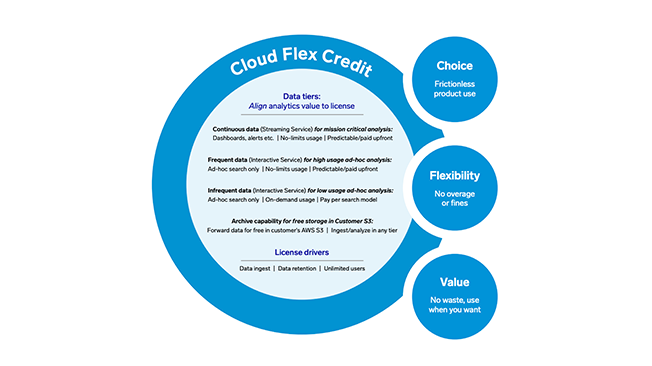
Tool consolidation takes relevant data and programs from disparate but loosely related platforms and consolidates them, so they can be more easily accessed, utilized and monitored.
This alleviates avoidable redundancies and inconsistencies, which often require manual data translation between platforms, causing bottlenecks and other barriers to development.
When a company uses too many monitoring and security point solutions to address disparate use cases across the CI/CD pipeline, team productivity goes down, as more time is spent navigating between the tools than completing actual work.
Tool sprawl occurs when a company has too many IT tools to address related or overlapping use cases. Each tool potentially creates a data silo. Information is stored and processed disjointedly, resulting in avoidable redundancies and inconsistencies, which often require manual data translation between platforms, causing bottlenecks and other barriers to development.
Mark Leary, Director of Network Analytics and Automation at IDC, says, “For monitoring and measurement alone, most organizations have somewhere between six and 20-plus tools because they all do something differently than the others.” A study Sumo Logic conducted with 451 Research found tool sprawl is real, and more prevalent in some organizations than others. It noted eight percent of organizations have between 21-30 tools, causing increased cost, data silos and lack of collaboration.
Tool sprawl too often creates negative ROI, as teams can spend more time navigating between tools than completing work.
Tool fragmentation refers to situations where teams use different tools to work together, often unaware of the tools used by others in the business to serve exactly the same use, or for different ones.
Tool fragmentation occurs for many legitimate reasons, and is not a problem when tools deliver customer value at acceptable costs to the business. When tools fail to deliver customer value at acceptable costs, tool fragmentation becomes an issue, and tool fragmentation morphs into ‘tool sprawl’, and one of the causes of 'data sprawl’. Data sprawl refers to the phenomenon when the data generated by the tools either does not deliver user value and/or does not deliver that value at an acceptable cost to the business.
Moving away from multiple monitoring and security tools to a single platform that supports multiple use cases offers many advantages, including:
Easier collaboration between team members
Decreased complexity
Faster innovation
Save costs
Faster ROI
Easier data monitoring, which fosters better data security and faster turnaround on incident resolution.
Easier troubleshooting for multiple IT tools and datasets.
Faster queries when the team has fewer sources to probe.
A better customer experience resulting from the above benefits.
Having your data stored in one platform makes relevant processes more efficient and effective.
Here are a few of the most common IT tool consolidation types.
Security blind spots can be costly. Many factors affect the cost of a data security breach, and they continue to add up after a data breach flares up. Recent research from IBM shows that the average cost of a data breach is USD $4.35 million – and going up – with 83% of organizations reporting they had more than one data breach.
While every organization has specific security needs, a unified security platform allows you to avoid redundancies and gain maximum protection and efficiency.
Data and associated tools are simpler to access and monitor when they’re all in one place. This prevents incongruent data sets, which could confuse different teams and even applications if these problems are not addressed and corroborated.
Data tools which operate from the same consolidated platform speak the same language, so you can have data driven conversations, saving you the trouble of manually translating if you take a data set from one program to the other.
Log tool consolidation ensures everyone is on the same page about events occurring within your information stores. Too many logging tools may not be alerted to performance issues, bottlenecks, or even critical security events. Moreover, you may end up using the same logs to feed more than one system, which means you pay twice for your log ingest.
The purpose of log management is to centrally collect insight-providing data, and consolidating your log tools and collecting the data in a cost efficient manner will better support this process.
When developers build or release an application and use multiple tools that are not properly integrated into a unified platform, the data sets end up in silos. If a developer has only one pipeline, that might not be much of a problem. But, a modern developer has many, so data silos quickly become a real issue, because CI CD pipeline data cannot be properly utilized for software development optimization.
Tool consolidation is not a one-off exercise. It is an ongoing strategy. As your organization grows and changes, you will likely need to continue consolidating and re-consolidating your tools while innovating with modern software. Here is an efficient process:
Review your tools and their purpose regularly. Dive into the tools you have within your organization, review what purpose they’re serving, and how critical they are to your operation. You should also establish consolidation goals, key metrics you’re going to track to measure success, and methodologies you’re going to use.
Understand use cases. Describe a use case for all the tools being kept or transformed, and find a place for them to land at the end of the process. Establish clear roles and responsibilities for team members involved in the consolidation process.
Monitor and review process. Monitor and troubleshoot changes and any problems which may occur. Remove or reintroduce tools as necessary.
It starts with our company values. “We are in it with our customers.” We depend on the same platform as you to provide reliable and secure cloud-native applications.
Our platform is designed for massive data growth, our subscription services are designed to allow you to properly manage your budgets, our licensing features allow you to optimize as you see fit with unlimited user capacity, and our free training allows you to onboard as many team members as you need to run your business.
We built our platform with the singular purpose of supporting customer analytics on a scalable, reliable, and highly secure foundation. One platform, multiple use cases.
Let us help you integrate your machine data, use the data more efficiently and effectively and free up time to improve productivity and innovation.
Learn how to maximize the value of your machine data across use cases while reducing costs.